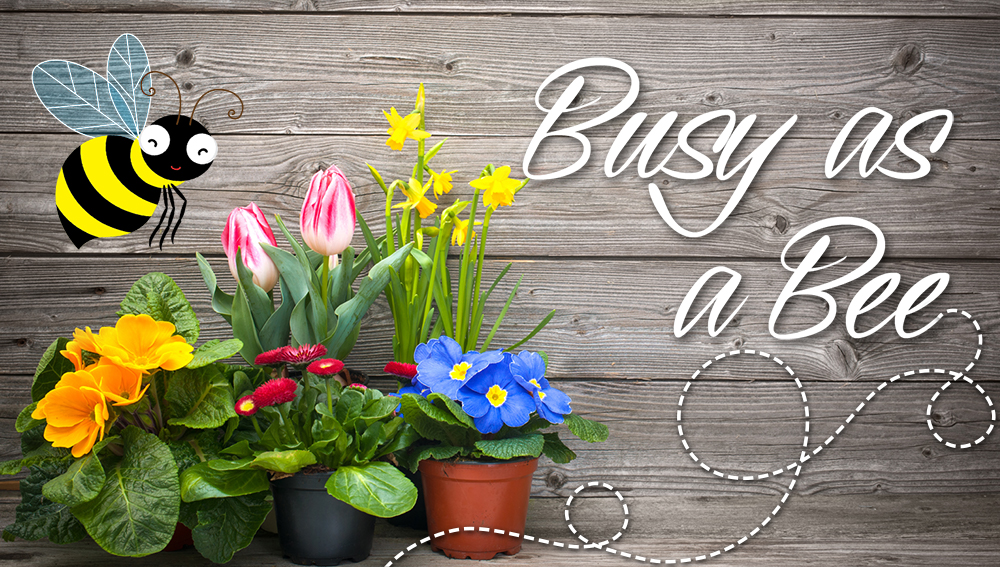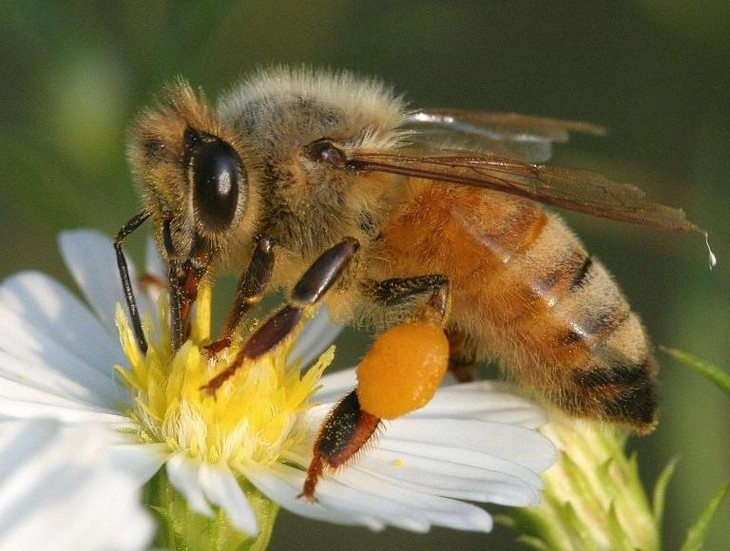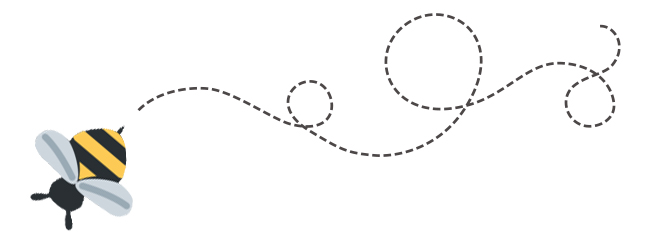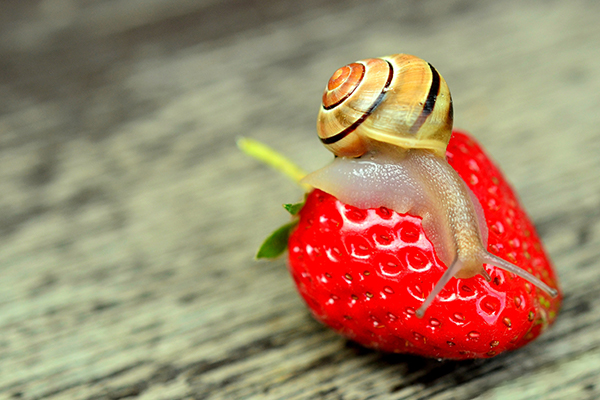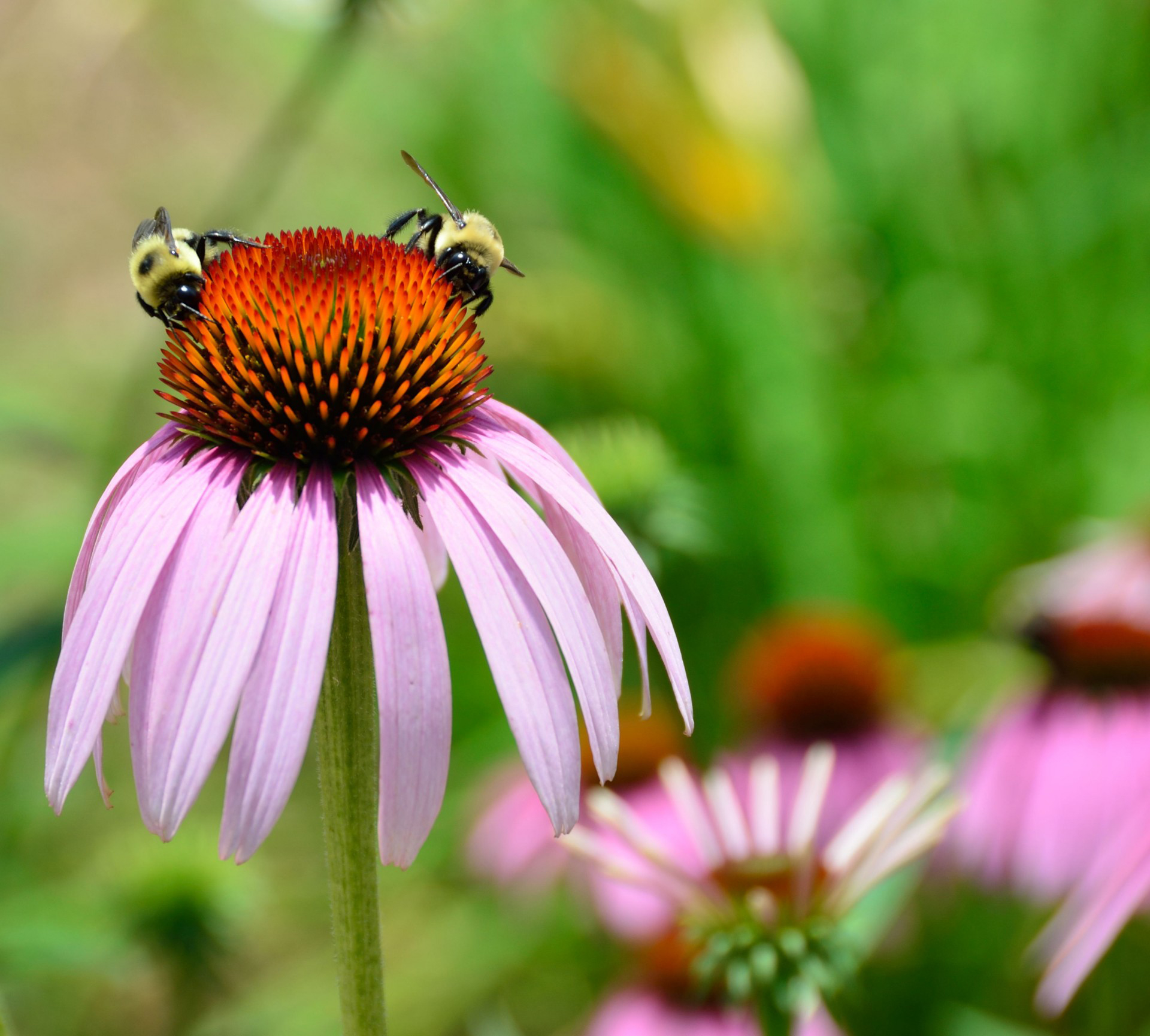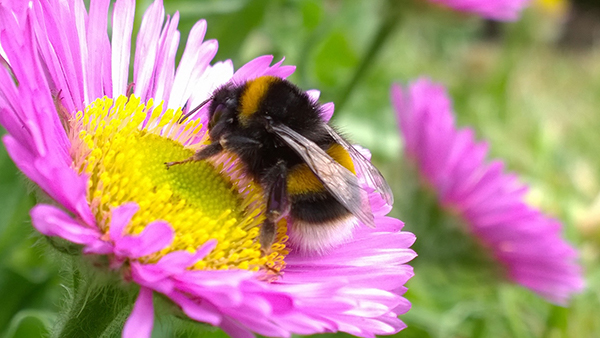Did you know the bumble bee was recently added
to the endangered species list?
Bees and other beneficial insects are essential to our gardens and, sadly, the bumble bee was recently added to the endangered species list. Pollinator decline in any form is alarming the general public as well as the scientific community.
Not only are the bumble bees in danger but several other bee species as well. Honey Bee Colony Colapse Disorder (CCD) is the phenomenon that occurs when the most of the worker bees in a colony do not return to the hive, leaving behind the queen, food and a few nurse bees to care for the remaining immature bees and the queen. The hives cannot sustain themselves without worker bees and eventually die out. A combination of climate change, disease, loss of habitat, parasites and, especially, pesticides have contributed to the CCD.

